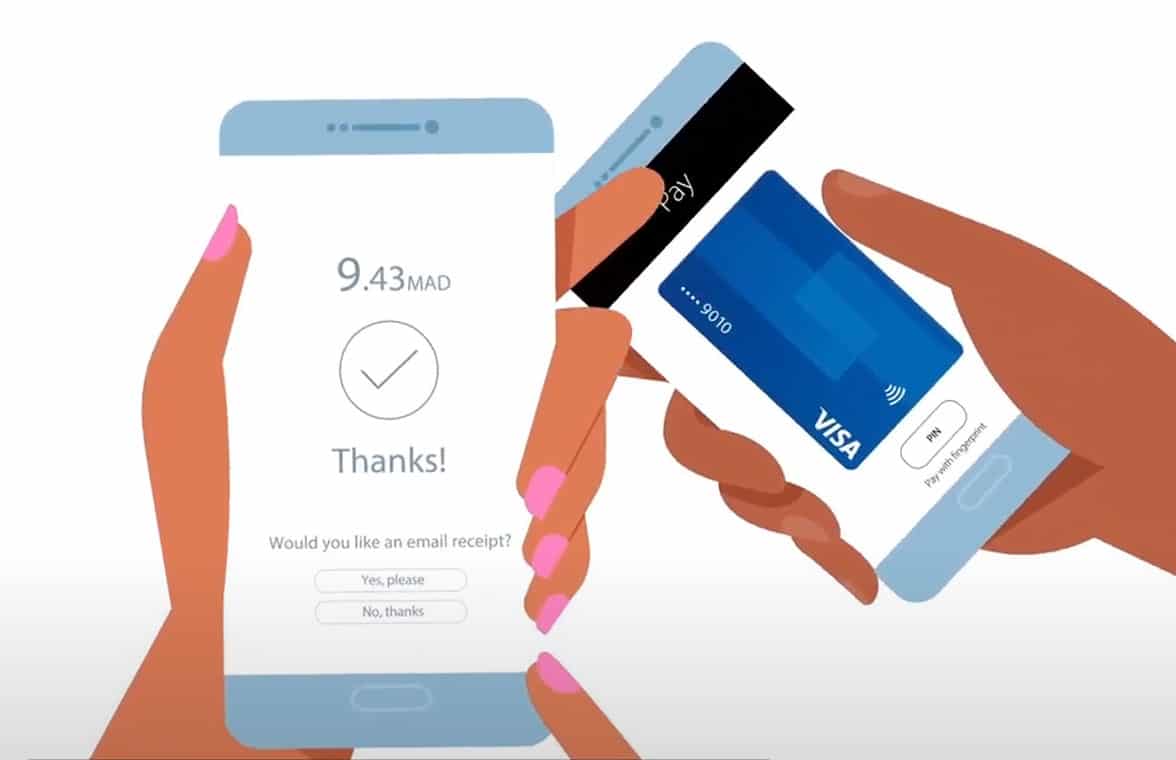
Merchants in more than 15 countries around the world are now able to use Android NFC smartphones and tablets to accept contactless payments with no additional hardware required, Visa has announced.
Tap to Phone “transforms current generation Android smartphones or tablets into contactless, or tap to pay, software-based point of sale (softPOS) terminals,” Visa explains.
“Sellers download an app, supported by their acquirer, and after registering and selecting their participating bank, the sellers can start accepting contactless payments in just a few minutes.
“Tap to Phone builds on top of the security of an EMV chip transaction, in which each transaction contains a dynamic cryptogram that cannot be reused.”
“Tap to Phone holds particular promise for the 180m micro and small merchants (MSM) around the world, where fewer than 10% of MSMs in many emerging markets currently accept digital payments,” Visa adds.
“In a survey conducted by Visa, 63% of MSMs said they would likely implement Tap to Phone in their own businesses and more than 50% of consumers said they would likely use Tap to Phone if offered to them.”
Use cases
“Casual dining, travel resources and grocery are currently the most typical category of use for softPOS solutions. However, Tap to Phone can elevate consumer experiences in additional ways.”
These include:
- Queue busting: With six-foot social distancing mandates in effect, queues can become overwhelming. Tap to Phone helps employees to checkout customers quickly, anywhere around the store.
- Transit: In Japan and Belarus, Visa was first to show how Tap to Phone can help eliminate the need for standalone ticket machines and additional validation hardware for conductors.
- Nomadic and service-based businesses: Make a sale from anywhere and get paid on the spot without having a fixed POS or adding payment accessories.
- Pay on delivery: Tap to Phone decreases friction when consumers pay for delivery, eliminating the need for cash and limiting touch during the transaction.
“This cost-effective tool helps businesses quickly access the digital economy, prevent lost sales and improve cash flow by accepting contactless payments anywhere, anytime,” the payments network adds.
“Already, the number of sellers using Tap to Phone has grown by 200% over the past year and [it] is now live in numerous countries across Europe, the Middle East, Africa, Asia Pacific and Latin America.
“Recent launches for Tap to Phone include Belarus, Malaysia, Peru, Russia and South Africa, with upcoming launches planned in Brazil, Italy, United Arab Emirates, United Kingdom and more.”
The service is “coming soon in 2021” in the US, Visa adds.
Adoption
Mass market adoption of software-only contactless acceptance is expected to occur very quickly, Dejamobile CEO Houssem Assadi told NFCW earlier this year, “due to the cost-effectiveness of the solution, the rise in consumer adoption of contactless payments due to Covid-19 and the wide array of value-added use cases it will enable”.
The technology has multiple advantages for larger merchants as well as micro merchants, he added, and “there’s a huge potential here to extend contactless payments into a whole array of different environments”. These include:
- Improving the checkout experience in high-end retail, by providing sales representatives with a device that they can use to share product information with the customer and then complete the sale.
- Reducing checkout queues by equipping staff to provide additional in-aisle sales points during peak shopping periods.
- Providing traders at conventions, festivals and other events with a low-cost way to accept payments.
- Avoiding POS terminal downtime and reducing maintenance costs.
Learn more about Dejamobile in the NFCW Expo.